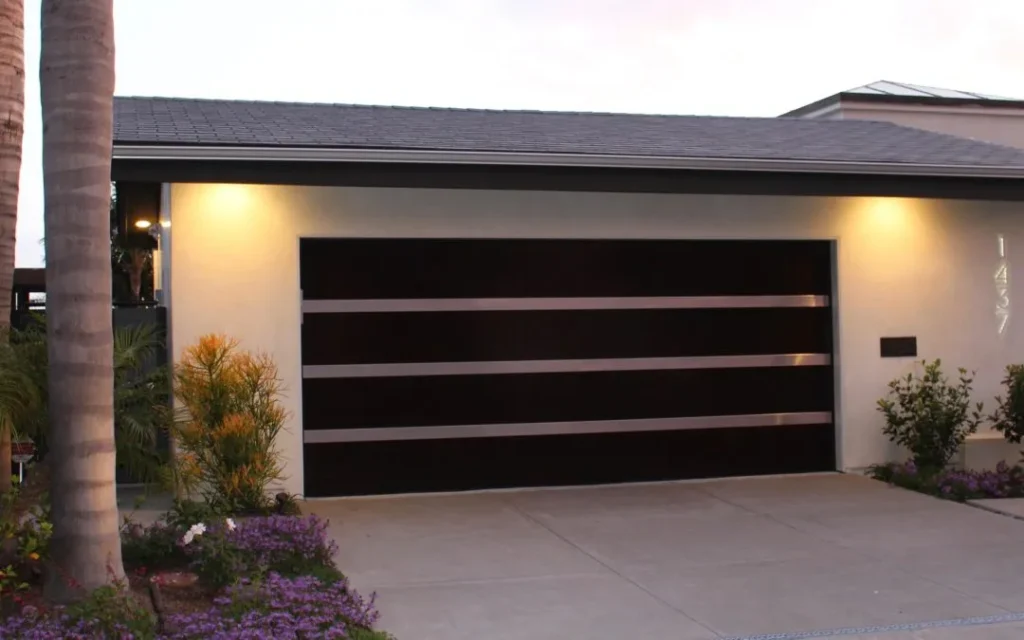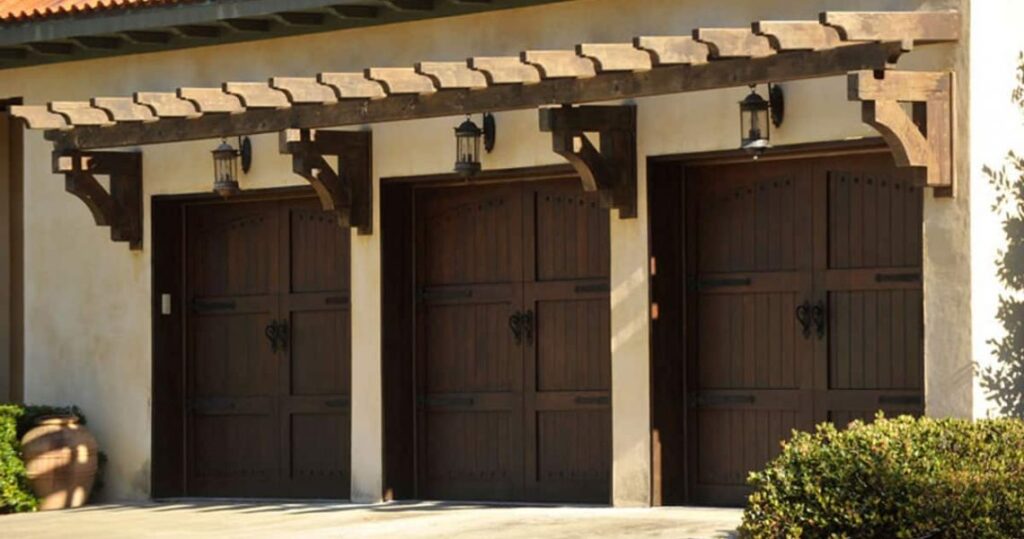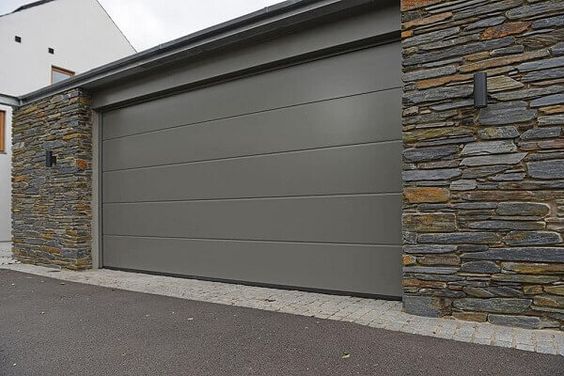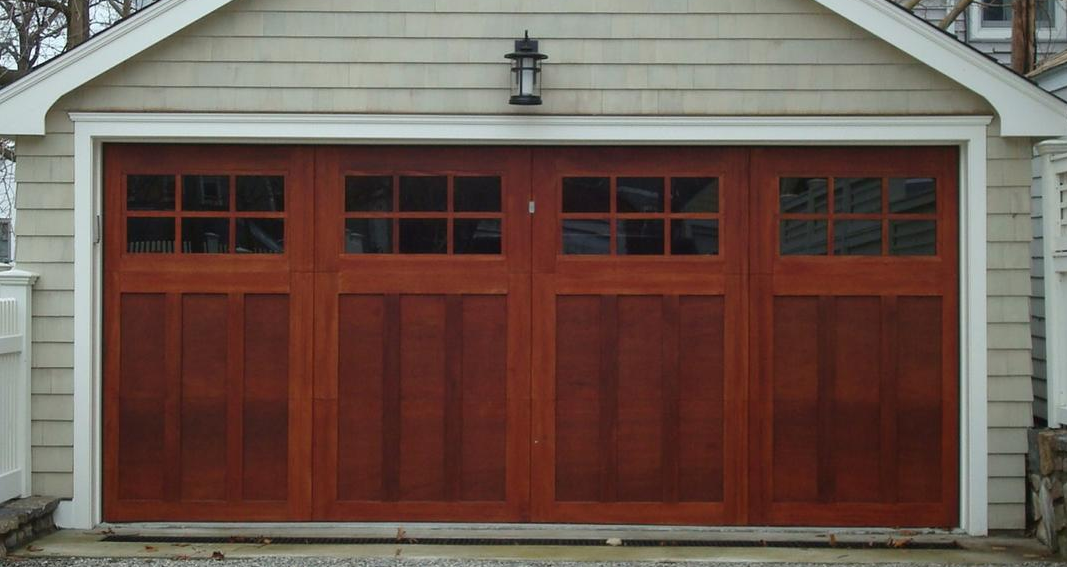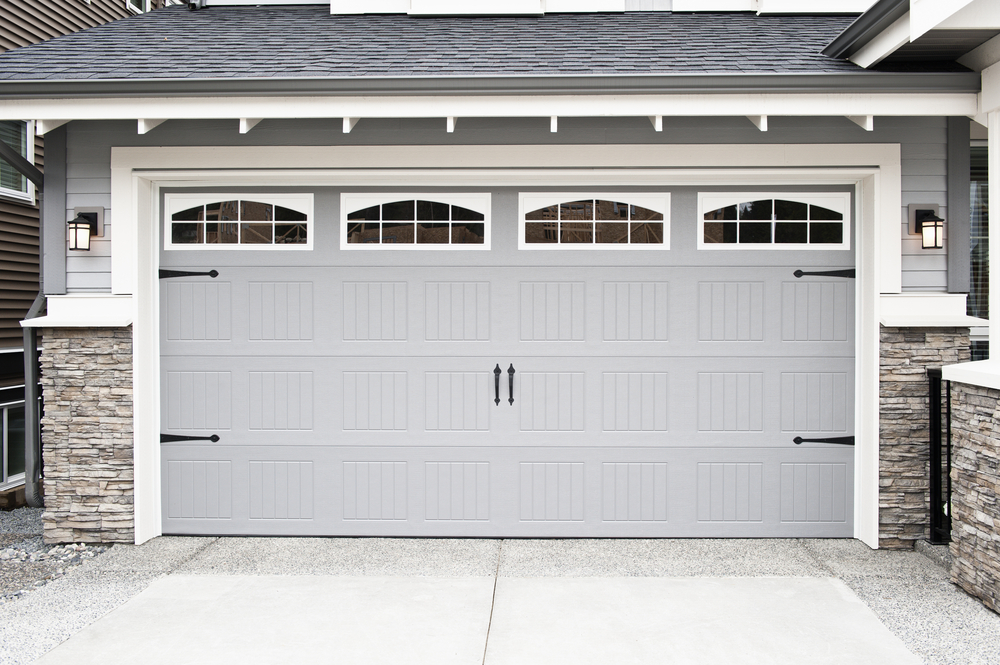As a homeowner who believes in the seamless harmony of my living space, I’ve always been fascinated by the intricate mechanics that contribute to the functionality and aesthetics of my home. Among these, the garage door stands out as a pivotal element—a guardian of security and a statement of visual appeal. Eager to unravel the secrets behind its flawless operation, I embarked on a journey to explore the science of garage door balance. Guided by insights from industry experts, I delved into the fascinating world of equilibrium, counteracting forces, and precision engineering that underlie the proper functionality of this essential feature.
Here’s my immersive exploration, shedding light on the profound role that balance plays in ensuring a functional, reliable, and safe garage door according from Colleyville Gates & Garage Doors.
1. The Epiphany of Equilibrium: The Cornerstone of Garage Door Operation
My journey into the realm of garage door balance began with a profound realization—the foundation of its operation lies in equilibrium. This delicate balance between opposing forces is more than just a mechanical concept; it’s a scientific principle that ensures the door’s optimal movement and longevity.
2. The Ballet of Torsion Springs: Countering Gravity’s Pull
Torsion springs emerged as the protagonists in this scientific ballet of balance. These tightly wound coils, situated above the garage door, serve as the gatekeepers of equilibrium. They store and release mechanical energy, offsetting the gravitational force that pulls the door downward. As I delved deeper, I marveled at the elegance of this scientific interplay.
3. Extension Springs: Sharing the Weight, Guided by Precision
The science of balance extended further with the role of extension springs. Positioned on the sides of the door, these springs stretch and contract, sharing the weight and distributing it evenly along the tracks. The precision engineering behind extension springs ensures controlled motion and minimizes strain.
4. Pulleys and Cables: Guiding the Choreography of Balance
Cables and pulleys emerged as the unsung heroes in this symphony of balance. Cables, gracefully attached to the bottom corners of the door, wind around drums, guided by pulleys. This intricate choreography ensures that the door’s movement is a seamless dance along its designated path.
5. The Scientific Alignment of Tracks: A Path of Precision
As my exploration deepened, I uncovered the significance of track alignment in maintaining garage door balance. The tracks, meticulously engineered to guide the door’s trajectory, play a pivotal role in the delicate interplay of forces. A minor misalignment can disrupt this symphony, leading to wear and tear and compromising the door’s equilibrium.
6. Counteracting Forces for Longevity: A Symphony of Mechanics
My journey into the science of balance unveiled a captivating symphony of counteracting forces. The harmonious collaboration of springs, cables, pulleys, and tracks reduces stress on individual components, ensuring their longevity. This intricate balance not only prolongs their lifespan but also enhances the overall efficiency of the garage door’s movement.
7. Safety and Balance: Minimizing Strain, Maximizing Security
Safety emerged as a paramount concern within the science of garage door balance. The equilibrium of these components minimizes strain, reducing the risk of sudden failures or breakdowns. An imbalanced door, in contrast, can lead to premature wear, compromising the door’s structural integrity and posing safety hazards.
8. The Rhythm of Maintenance: Sustaining the Dance of Equilibrium
A pivotal insight was the significance of regular maintenance in preserving the dance of equilibrium. Industry professionals stressed the importance of periodic inspections, adjustments, and lubrication. By adhering to a proactive maintenance routine, homeowners can ensure that the door maintains its optimal balance, preserving its functionality and safety.
9. The Art of Professional Expertise: Precision in Practice
What truly resonated with me was the role of professional expertise in maintaining garage door balance. Industry professionals possess the knowledge, tools, and finesse required to fine-tune the delicate balance of the door’s components. Their scientific approach ensures that the garage door operates as a harmonious unit, minimizing wear and tear over time.
10. The Symphony of Equilibrium: Harmony in Every Movement
In conclusion, according from Colleyville Gates & Garage Doors, my exploration of the science of garage door balance has been a captivating journey into the world of equilibrium and precision engineering. The insights I gained from industry experts have deepened my understanding of the intricate mechanics that underlie a functional and secure home. By comprehending the scientific principles behind torsion springs, extension springs, cables, pulleys, and track alignment, I’ve developed a newfound appreciation for the delicate equilibrium that ensures the optimal performance of my garage door. As I reflect on this journey, I’m reminded that the science of garage door balance is a symphony—a harmonious interplay of forces that upholds the integrity of my living space, ensuring that every rise and fall of the door is a testament to the artistry of equilibrium.
Colleyville Gates & Garage Doors
6508 Colleyville Blvd, Colleyville, TX 76034, United States
817-755-6231


